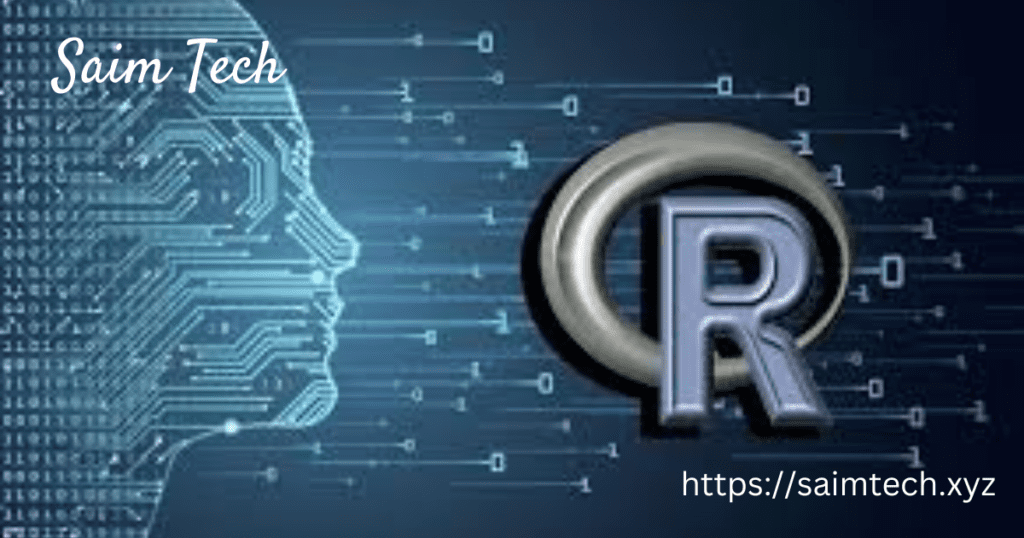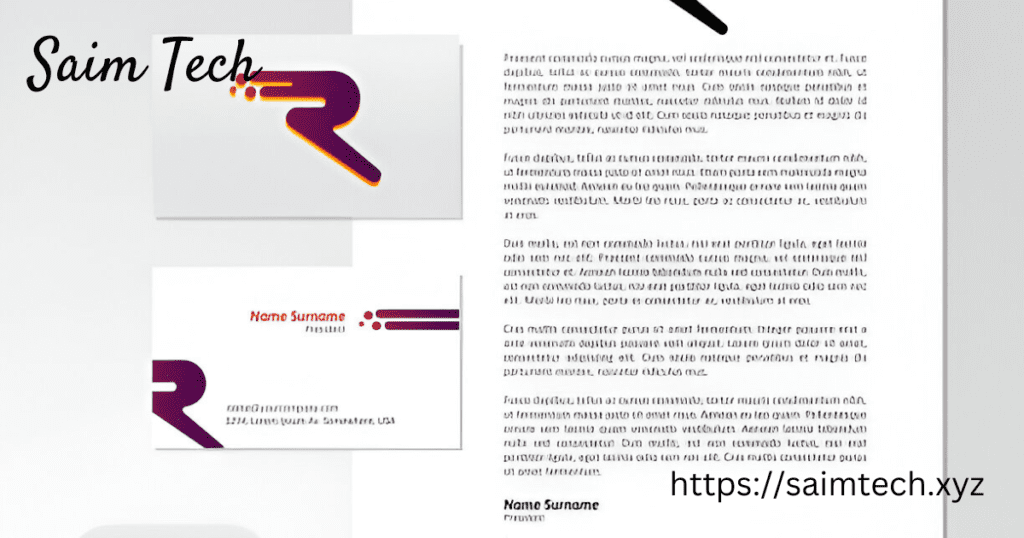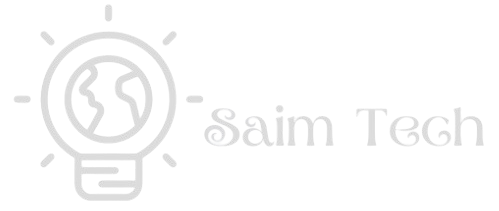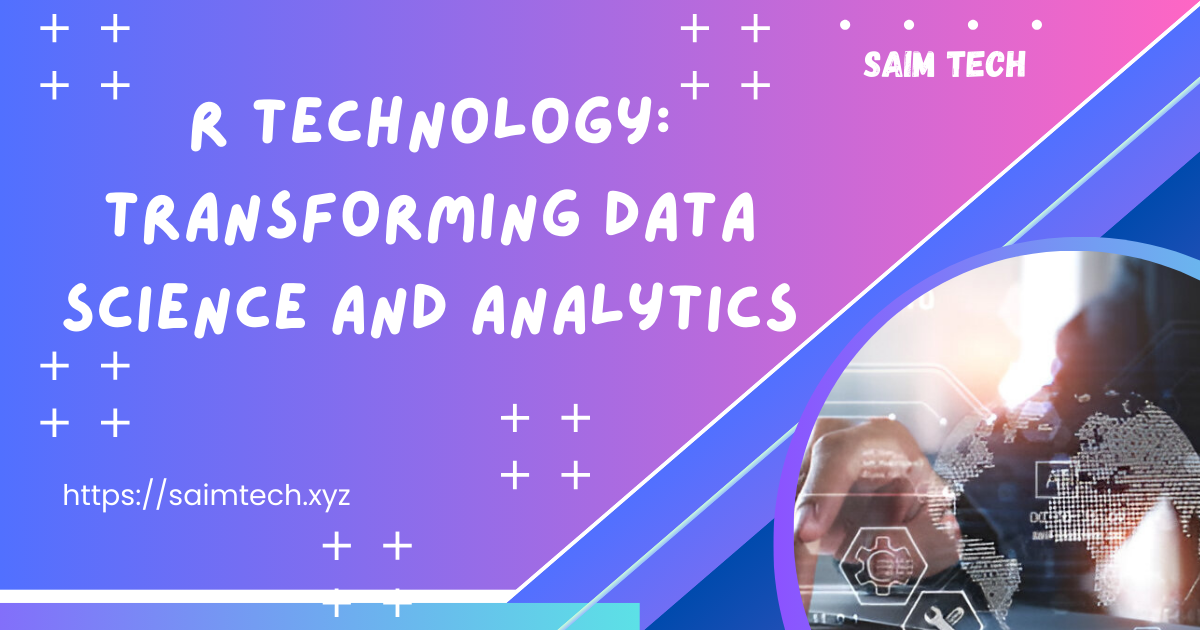Welcome to my Saim Tech blog! Today, we’re diving into R technology, an incredibly powerful programming language that’s reshaping the world of data science, analytics, and statistical computing. Whether you’re a student, a researcher, or a data scientist, this blog will give you a clear understanding of R’s capabilities, its applications, and why it’s becoming essential in the tech world.

What is R Technology?
Overview of R Programming Language
R is an open-source programming language designed for statistical computing and data analysis. It has become a favorite among statisticians and data scientists due to its versatility and the range of packages available. R allows users to manipulate, model, and visualize data, making it an essential tool in the field of data science.
Key Features of R Technology
What makes R stand out are its powerful features:
- Comprehensive statistical packages for in-depth analysis
- Flexible data visualizations with tools like ggplot2
- Seamless compatibility with big data platforms and cloud computing environments
How R Technology Works
R for Data Analysis
R’s ability to analyze large datasets and perform complex statistical analysis is what sets it apart. It includes built-in functions that make data manipulation, summarization, and transformation straightforward, allowing users to focus on their analysis.
R for Data Visualization
R is also a leader in data visualization. The ggplot2 library is widely used for creating both simple and intricate charts, graphs, and plots. Whether you need basic charts or more advanced visualizations, R’s tools can handle it all with ease.
Applications of R Technology
R in Business Analytics
In today’s data-driven business world, R is invaluable. Companies use it to analyze customer data, track trends, and create predictive models. By leveraging R, businesses can gain valuable insights, optimize operations, and make more informed decisions.
R in Scientific Research
R is also widely used in scientific research, from biology to economics. Its ability to handle statistical modeling and hypothesis testing makes it a go-to tool for researchers. Additionally, R’s emphasis on reproducibility ensures that research findings are consistent and shareable.
Advantages of R Technology
Open-Source and Free
One of R’s greatest advantages is that it’s completely free and open-source. Anyone can access it, modify it, and contribute to its growth. The open nature of R allows it to stay up-to-date with new features and improvements.
Large Supportive Community
R has a thriving community that offers a wealth of knowledge. From forums to tutorials, you’ll find plenty of resources to help you solve problems or learn new techniques. Whether you’re just starting or you’re an experienced user, you’ll always find support when needed.
Challenges of R Technology
Steep Learning Curve for Beginsner
Although R is powerful, it can be challenging for beginners, especially for those new to programming. With so many libraries and functions, it might take time to get comfortable with it. However, there are plenty of learning resources to help ease the process.
Performance with Large Datasets
R excels at data analysis, but when it comes to very large datasets, performance can sometimes be an issue. To address this, users often rely on memory optimization techniques or utilize cloud computing resources to handle the data efficiently.
Future of R Technology

R and Machine Learning
The future of R is closely tied to machine learning. While R has always been known for its statistical analysis capabilities, it is now also being used to build machine learning models. Libraries like caret and randomForest are making it easier to build complex models for tasks like classification and regression.
The Growing Popularity of R
As the demand for data science continues to grow, so does the popularity of R. Its powerful features and flexibility ensure that it will continue to be a top choice for data analysis and statistical modeling across various industries.
Conclusion
Why R Technology is Essential for Data Science
R has revolutionized data science by providing powerful tools for statistical analysis, machine learning, and data visualization. Whether you’re working in business analytics, scientific research, or handling big data, R’s capabilities make it an essential tool for success in today’s tech-driven world.
FAQs About R Technology
How Can I Learn R?
Getting started with R is easier than you might think. Platforms like Coursera, DataCamp, and edX offer structured courses. Additionally, R’s large online community provides an abundance of tutorials, documentation, and forums that can help you on your learning journey.
What Industries Use R Technology?
R is widely used in industries like finance, healthcare, education, and marketing. Its ability to analyze large datasets and model statistical relationships makes it particularly useful in fields that rely on data-driven decision-making.

